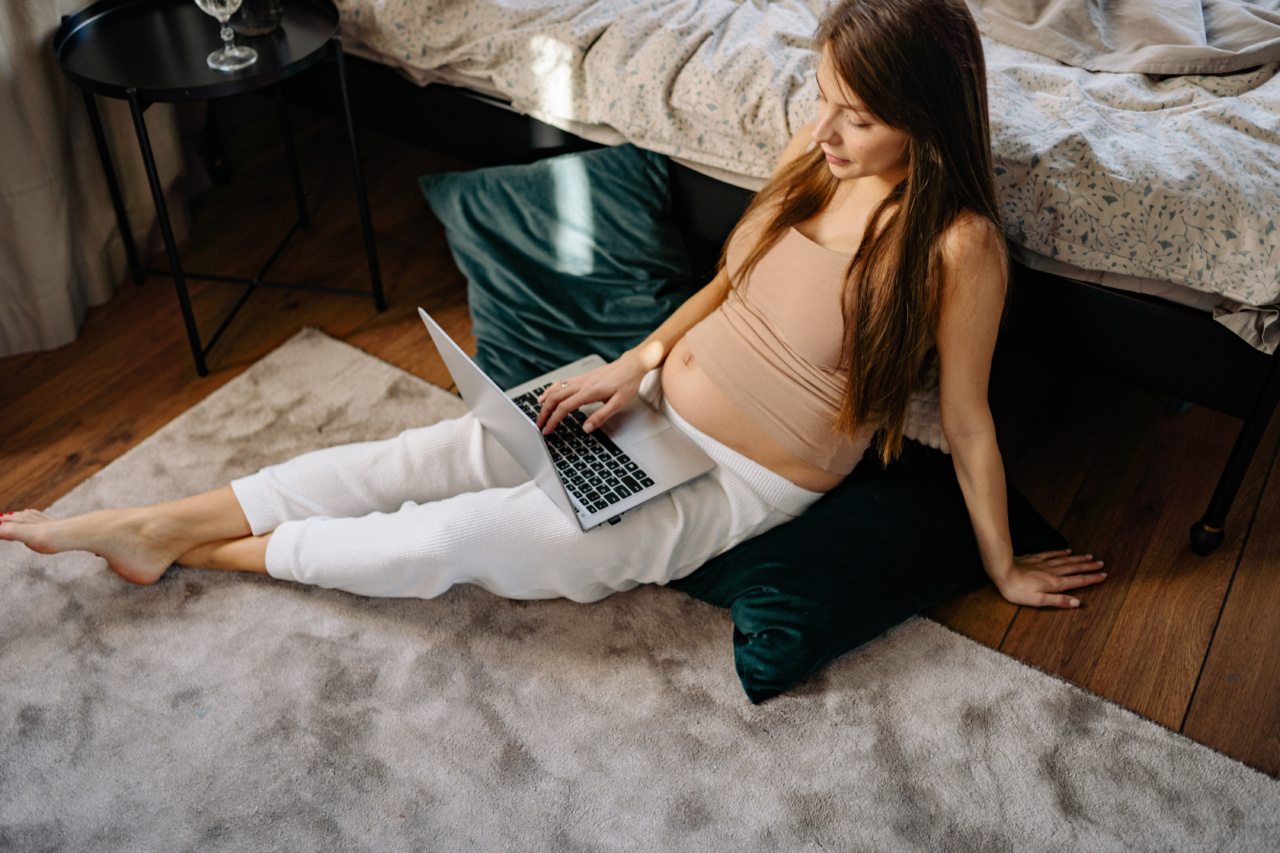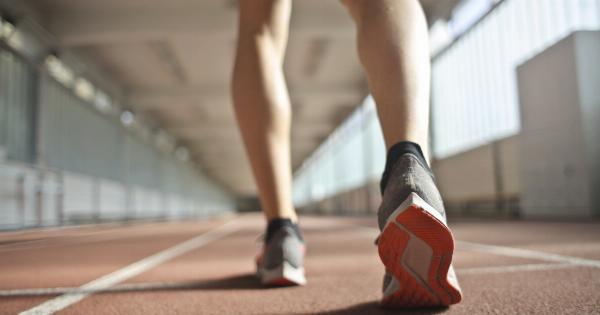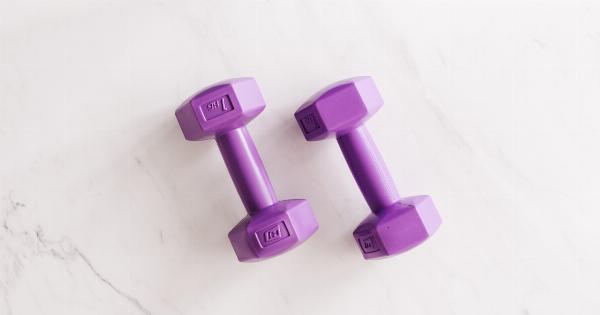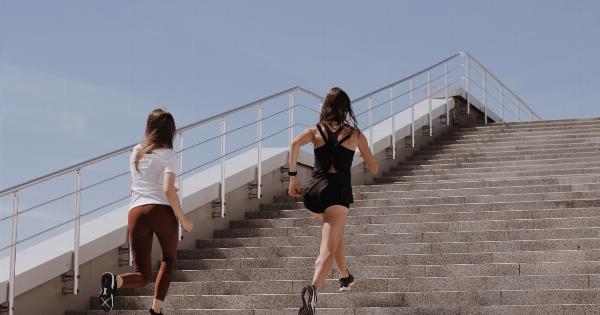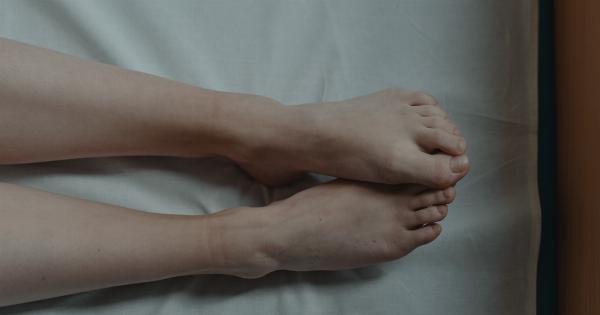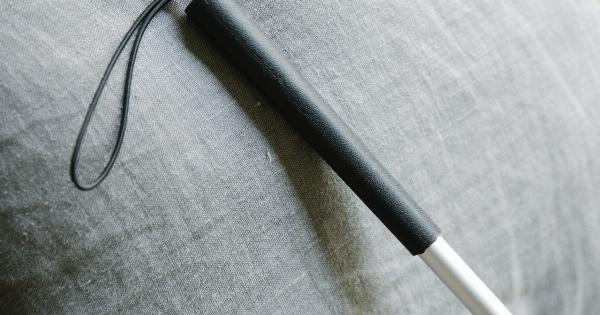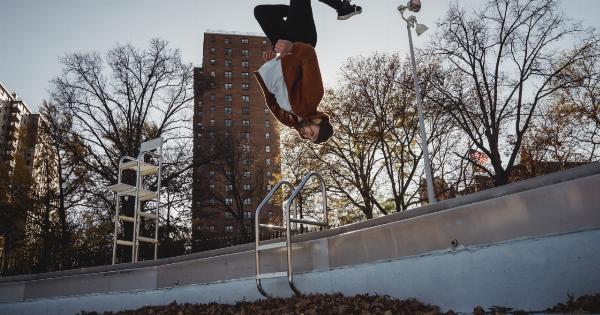Pregnancy is one of the most challenging and transformative processes that a woman’s body goes through. It is a great joy to have a child, but it can also be an overwhelming experience.
One of the things that you may be thinking about after giving birth is getting back into your previous exercise routine or starting a new one. But, the question is: when is it safe to start exercising again after delivery?.
It’s important to remember that your body has gone through a lot of changes, and it may take some time to recover.
The general rule of thumb is to wait six weeks after a vaginal delivery and 8-10 weeks after a cesarean delivery before doing any postpartum exercise.
Factors to Consider before Starting Postpartum Exercise
Doctor’s Approval
Before starting postpartum exercise, it is recommended that you get clearance from your doctor or midwife.
Your healthcare provider will assess your general health, any complications during childbirth, and the healing process of your uterus and stomach muscles.
Breastfeeding
If you are breastfeeding, keep in mind that your body is still producing milk, which can cause your breasts to become engorged or tender.
It’s crucial to make sure you wear a supportive sports bra while exercising and avoid exercises that may put too much pressure on your breasts, like high-impact exercises or chest presses.
Pelvic Floor Muscles
The pelvic floor muscles play a vital role in childbirth, and they may be weakened or even damaged during delivery. It is essential to wait until these muscles have healed before any strenuous exercise.
You can start with gentle pelvic floor exercises like kegels to help improve strength and stability.
Diastasis Recti
Diastasis Recti, which is the separation of the abdominal muscles, is a common condition after childbirth. Exercising too soon or doing the wrong exercises may make this condition worse.
Your healthcare provider can check for Diastasis Recti and recommend specific exercises to help you recover.
What Exercises are Safe to do After Pregnancy?
Walking
Walking is one of the safest and easiest exercises to do after pregnancy. It can help you gradually get back into an exercise routine without too much strain.
Start with a short walk around the block and gradually increase the duration and intensity as you feel comfortable.
Pelvic Floor Exercises
A weak pelvic floor can lead to bladder problems and affect your sex life. Pelvic floor exercises, or kegels, can help you improve your pelvic floor strength and prevent future problems.
They are simple to do and can be done wherever you are, whether you’re sitting or standing.
Yoga and Pilates
Yoga and Pilates are low-impact exercises that focus on breathing, core muscles, and flexibility. They can help you relieve stress, improve your posture, and tone your muscles.
However, some poses may need to be modified or avoided, such as deep twists or core exercises that may put too much strain on your abdominal muscles.
Swimming
Swimming is an excellent low-impact exercise that can help you work all your muscles without putting too much strain on your joints. It’s also a great way to cool off and de-stress during the summer months.
Cycling
Cycling is a low-impact exercise that can help you improve your cardiovascular health and tone your leg muscles. If you have a stationary bike, you can start with short sessions and increase the duration and resistance slowly.
Exercises to Avoid After Pregnancy
High-Impact Exercises
High-impact exercises like running, jumping, or aerobics can put too much pressure on your joints and pelvic floor muscles, leading to injuries or prolapse.
If you want to do these types of exercises, it’s best to wait until your body has healed and get clearance from your healthcare provider.
Heavy Lifting
Heavy lifting can put a strain on your abdominal muscles and pelvic floor. It’s best to avoid lifting anything heavier than your baby for the first few weeks. When you do start lifting, make sure to use proper form and avoid twisting your torso.
Abdominal Exercises
Direct abdominal exercises like sit-ups or crunches can strain your weakened abdominal muscles and make Diastasis Recti worse. Instead, focus on transverse abdominal exercises like planks or bridges that help strengthen your internal abs.
Conclusion
Postpartum exercise can help you recover from childbirth, boost your energy levels, and improve your overall health and wellbeing.
However, it’s important to remember that your body has gone through a lot during pregnancy and delivery, and it may take some time to recover fully.
Before starting any postpartum exercise, get clearance from your healthcare provider, and remember to listen to your body. Start slowly, and gradually increase the duration and intensity of your workouts.
Focus on low-impact exercises like walking, swimming, or yoga and avoid high-impact exercises, heavy lifting, or direct abdominal exercises.
